 W
WSaburō Aizawa was a Japanese military officer of the Imperial Japanese Army who assassinated Tetsuzan Nagata in the Aizawa Incident in August 1935.
 W
WAn Jung-geun, sometimes spelled Ahn Jung-geun, was a Korean-independence activist, nationalist, and pan-Asianist.
 W
WCaptain Mateen Ahmed Ansari GC of the 5th Battalion, 7th Rajput Regiment, in the Indian Army during World War II, and member of the British Army Aid Group. He was awarded the George Cross posthumously. The decoration, the highest British award for bravery out of combat, was announced in a supplement to the London Gazette of 16 April 1946 as being awarded for the 'most conspicuous gallantry.'
 W
WCai Gongshi was a Chinese nationalist politician and diplomat. Born in Jiujiang, Jiangxi, Cai studied economics and politics at Imperial University in Tokyo, Japan, earning a master's degree. Upon his return to China, he joined Sun Yat-sen's Kuomintang (KMT), and later served in various roles in the Chinese nationalist government. In 1927, he was appointed Superintendent of Customs and Commissioner of Foreign Affairs in Nanjing. On 1 May 1928, he was appointed Commissioner of Foreign Affairs for Shandong province, and was tasked with negotiating for Japanese withdrawal from the province. He was subsequently killed on 3 May by Japanese soldiers during the Jinan incident. According to Chinese sources, the Japanese soldiers broke his leg, smashed his teeth, cut out his tongue, and shot him. 16 other members of his negotiation team were also mutilated and killed on the same day.
 W
WChoe Sang-rim(Korean: 최상림) was a Korean independence movement activist, Presbyterian priest, and educator during the Korea's independence movement.
 W
WCaptain Douglas Ford (1918–1943) was a Royal Scots officer and British prisoner of war in the Second World War, who was posthumously awarded the George Cross for conspicuous gallantry. His citation was published in the London Gazette on 18 March 1946.
 W
WMajor John Alexander Fraser GC MC and Bar was a British colonial officer who was posthumously awarded the George Cross, the highest British award for bravery out of combat, for his "magnificent conduct" and "outstanding courage" in resisting Japanese torture during the Second World War.
 W
WSatarō Fukiage was a Japanese rapist and serial killer. He killed at least seven girls. He murdered his first victim in 1906, and killed six girls between 1923 and 1924. He was tried for three out of six cases, but his exact number of victims is unknown.
 W
WHuang Yiguang was a Mexican-born Chinese politician, aviator, and explorer. He took part in one of a number of assassination attempts on the life of the Chinese politician Wang Jingwei, who collaborated with Japan during their occupation of China from 1937 to 1945. An aviator and explorer, he travelled widely with strong connections with the Chinese community in the United Kingdom. A former associate of Wang, he was welcomed in Wang's inner circle, but his assassination attempt failed when his radio equipment was discovered. He was executed by the Empire of Japan on 17 December 1940.
 W
WAlexandra Petrovna Kim was a Korean revolutionary political activist. Having joined the Bolsheviks in 1916, she is recognized as the first Korean communist.
 W
WIkki Kita was a Japanese author, intellectual and political philosopher who was active in early-Shōwa period Japan. A harsh critic of the Emperor system and the Meiji Constitution, he asserted that the Japanese were not the emperor's people, rather the Emperor was the "people's emperor". He has been described as the "ideological father of Japanese fascism", through which he advocated a complete reconstruction of Japan. Kita was in contact with many people on the far-right of Japanese politics, and wrote pamphlets and books expounding his ideas. The government saw Kita's ideas as disruptive and dangerous; in 1937 he was implicated, although not directly involved, in a failed coup attempt and executed. He is still widely read in academic circles in Japan.
 W
WKōtoku Denjirō , better known by the nom de plume Kōtoku Shūsui , was a Japanese socialist and anarchist who played a leading role in introducing anarchism to Japan in the early 20th century. Historian John Crump described him as "the most famous socialist in Japan".
 W
WYasuhide Kurihara was an Imperial Japanese Army officer who was a conspirator in the February 26 Incident in 1936. He graduated in the 41st class of the Imperial Japanese Army Academy in 1929. He was one of the “young officers”.
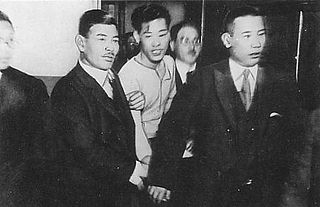 W
WLee Bong-chang was a Korean independence activist during the Japanese occupation of Korea. In 1932, he attempted unsuccessfully to assassinate Japanese emperor Hirohito with a hand grenade, which became known as the Sakuradamon Incident.
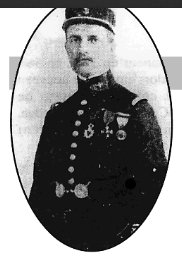 W
WÉmile René Lemonnier was a French Army general who served during World War I and World War II. Stationed in French Indochina in 1945, he was beheaded by the Japanese during their March coup d'état.
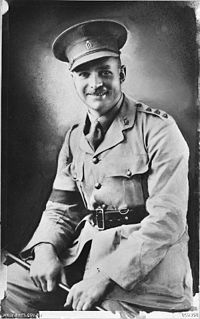 W
WLionel Colin Matthews, was an Australian Army officer in World War II. He was posthumously awarded the George Cross, the highest award for heroism or courage not in the face of the enemy, that could be awarded to a member of the Australian armed forces at the time. Matthews was born in Adelaide, South Australia, and was schooled there before moving to Victoria. He trained as a signalman in the Royal Australian Naval Reserve before joining the Militia in April 1939. Commissioned as an officer in the Australian Corps of Signals, Matthews transferred to the 8th Division of the Second Australian Imperial Force after the outbreak of World War II.
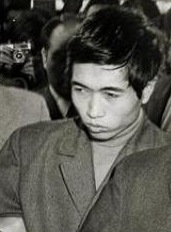 W
WNorio Nagayama was a Japanese spree killer and novelist.
Daisuke Nanba was a Japanese student who tried to assassinate the Prince Regent Hirohito in the Toranomon Incident on December 27, 1923.
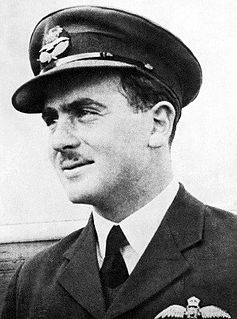 W
WWilliam Ellis (Bill) Newton, VC was an Australian recipient of the Victoria Cross, the highest decoration for gallantry in the face of the enemy that can be awarded to a member of the British and Commonwealth armed forces. He was honoured for his actions as a bomber pilot in Papua New Guinea during March 1943 when, despite intense anti-aircraft fire, he pressed home a series of attacks on the Salamaua Isthmus, the last of which saw him forced to ditch his aircraft in the sea. Newton was still officially posted as missing when the award was made in October 1943. It later emerged that he had been taken captive by the Japanese, and executed by beheading on 29 March.
 W
WAkira Nishiguchi was a Japanese serial killer and fraudster. While engaging in confidence scams, Akira murdered two people, was put on the most wanted list, and killed three others while escaping. The police also regretted that they didn't find Akira, who was found by an 11-year-old girl. A prosecutor called him "the Black Gold Medalist in history". Ryuzo Saki published a book about Akira, which became the basis for the film Vengeance Is Mine. His crimes were the direct catalyst for the creation of the Japanese "Metropolitan Designated Case" system
 W
WHotsumi Ozaki was an Imperial Japanese journalist working for the Asahi Shimbun newspaper, communist, Soviet Union intelligence agent, and an advisor to Prime Minister Fumimaro Konoe. The only Japanese person to be hanged for treason by the Japanese government during World War II, Ozaki is well known as an informant of the Soviet agent Richard Sorge.
 W
WLeonard George Siffleet was an Australian commando of World War II. Born in Gunnedah, New South Wales, he joined the Second Australian Imperial Force in 1941, and by 1943 had reached the rank of sergeant. Posted to M Special Unit of the Services Reconnaissance Department, Siffleet was on a mission in Papua New Guinea when he and two Ambonese companions were captured by partisan tribesmen and handed over to the Japanese. All three men were interrogated, tortured and later beheaded. A photograph of Siffleet's impending execution became an enduring image of the war, and his identity was often confused with that of other servicemen who suffered a similar fate, in particular Flight Lieutenant Bill Newton.
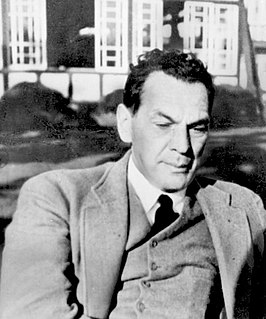 W
WRichard Sorge was a German journalist and Soviet military intelligence officer who was active before and during World War II and worked undercover as a German journalist in both Nazi Germany and the Empire of Japan. His codename was "Ramsay". A number of famous personalities considered him one of the most accomplished spies.
 W
WChishō Takaoka was a geisha in Shinbashi who became a Buddhist nun later in life. Her stage name was Chiyoha (千代葉) or Teruha (照葉), while her real name was Tatsuko Takaoka (高岡たつ子). She became famous for her radiant beauty, and for chopping off one of her fingers for her lover. She was a popular model featured in postcards, and was known internationally as the "Nine-Fingered Geisha". She also inspired Jakucho Setouchi's novel, Jotoku.
 W
WYun Bong-gil was a Korean independence activist who set off a bomb that killed several Japanese dignitaries in Shanghai's Hongkew Park in 1932. He was posthumously awarded the Republic of Korea Medal of Order of Merit for National Foundation in 1962 by the South Korean government.